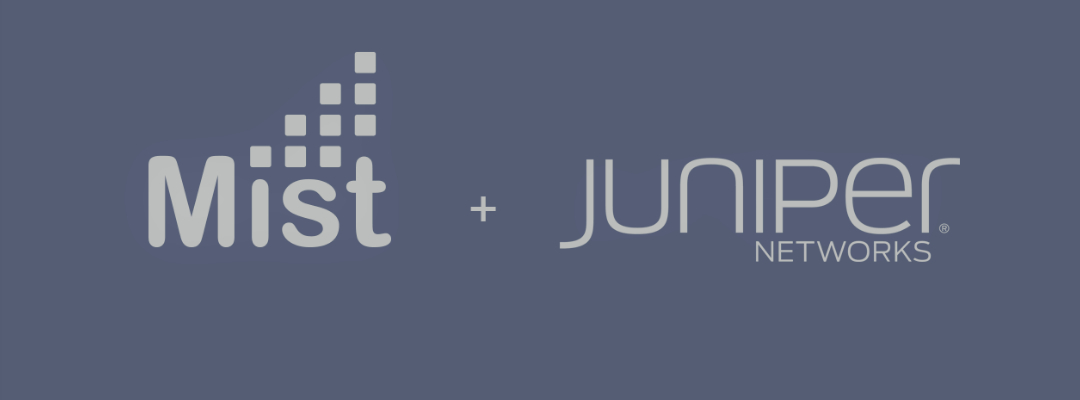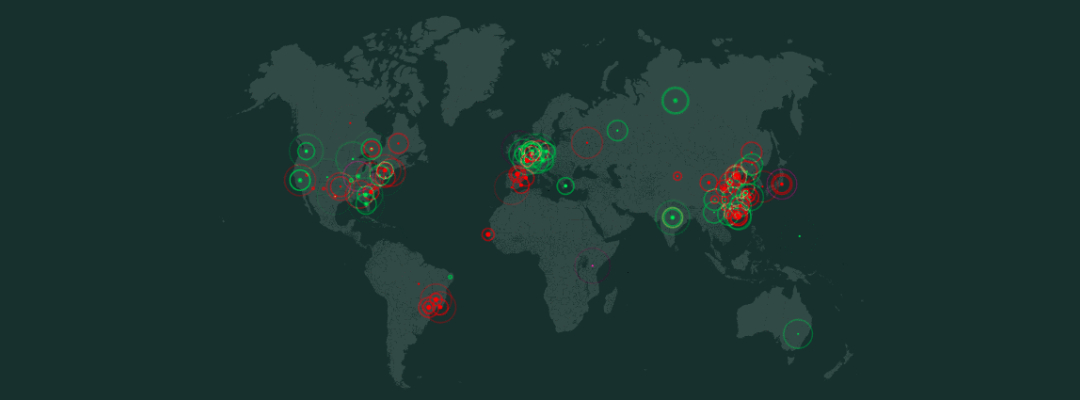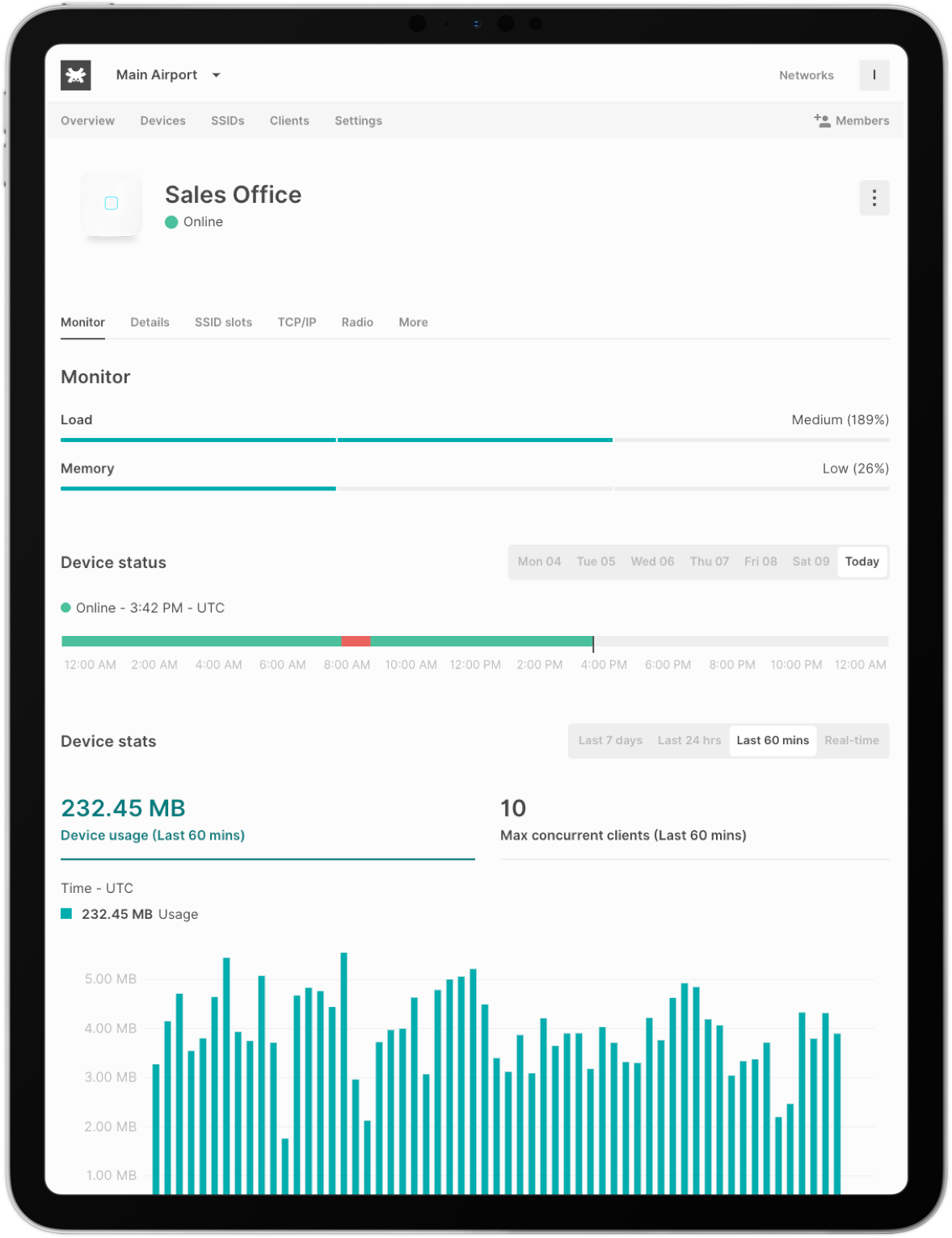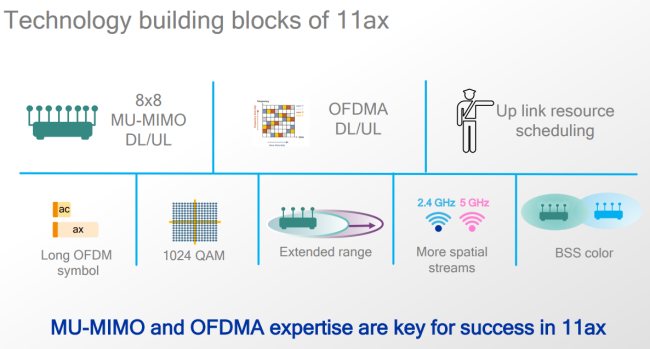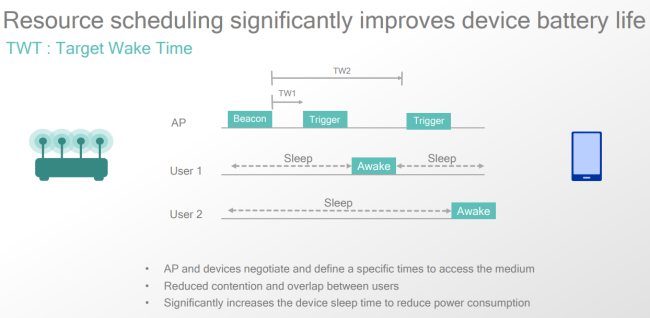WiFi in the Healthcare Industry

WiFi in the Healthcare Industry
With the advancement in technology, WiFi in healthcare has made quite an impact in having effective communication between doctors and their patients. The healthcare industry has gone through some significant changes with its technological advances in the past few years. WiFi has several benefits that are not just restricted to communication. It is also used for oxygen monitoring devices, accessing electronic medical records (EMRs), smart beds, and real-time access to X-rays and MRI scans. The demand for staying ahead in tech has been felt in every industry, and it is necessary.
The optimal WiFi network in the healthcare industry is of utmost importance as it leads to connectivity throughout the hospital. There is a dire need for WiFi in the healthcare industry that provides users with access throughout the hospital to get accurate and timely monitoring of the patient’s vitals. There is an increase in the number of wireless medical devices in hospitals that focus on the best quality of patient care. WiFi has made improvements in the flexibility and efficiency of clinical services in the healthcare industry.
5 Benefits of providing WiFi in healthcare centers
Revolutionize the patient experience
The WiFi in the healthcare industry has truly revolutionized the patient’s experience by providing large numbers of users access to the hospital’s WiFi network without compromising its speed and signal strength. WiFi technology has helped a lot by improving communication with patients. Some patients in the hospitals are isolated, so the doctors contact them virtually. Doctors can share health information with patients by keeping them updated about the important things. They can set them a reminder regarding their upcoming check-ups, new clinical services, promotions regarding healthcare initiatives, or offer any medical advice.
Classic Hotspot provides you with the captive portal that includes a login page that is highly customizable on which network admins can add any information, announcements, videos, banners, etc. The captive portal is known by different names such as splash page, login page, or landing page.
You can customize captive portals accordingly, and patients can easily search on them about treatments and general information. It can provide fast access to less tech-savvy users. The splash pages act as a perfect marketing tool to collect user’s data and segment it. With Classic Hotspot, you can use your captive portal to communicate to your guest WiFi users promotions, insert audio-video ads, and display any message that users will see during the authentication process.
Create a Customized WiFi experience for patients
Apart from providing good connectivity and better communication between patients and doctors, an optimal WiFi connection will also provide patients with a feature to access their medical records via an online portal. You can provide your patients with a personalized experience from the beginning by making a splash page.
Classic Hotspot allows you to make an easy login page that will provide distinguished authentication through forms or link it with social login. With Classic Hotspot, you will create different SSIDs with different authentication methods. For instance, you can create a password-protected SSID for the medical officials or hospital staff. You can create another SSID for visitors that can register through the captive portal. You can make the third SSID hidden and can only be accessed by the authorized person who has its credentials. You can make up to 8 SSIDs on one access point and can configure each SSID separately.
The Classic Hotspot platform provides a variety of customization features from which you can choose according to your needs. The splash page editor by Classic Hotspot by Tanaza does wonders as there are many customization options to choose from. You can create a splash page from scratch or choose the one from the templates. The ‘Remember me’ feature by this platform lets users connect to the WiFi automatically once they return to the WiFi area they have already been in.
Gather the right information for parents
Having a secure browsing experience is all that a user needs. To avoid any data breaches, Classic Hotspot aims towards providing a safe and secure browsing experience for the patients. We know that many people visit healthcare facilities daily, so there must be no compromise on their data. The authentication method by Classic Hotspot allows the users to set up a guest WiFi network. They can be granted guest WiFi access through open access, password-based, and captive portals for paid or free WiFi. The authentication methods will allow hospitals to control networks and guest WiFi users while making your WiFi hotspots profitable.
The Classic Hotspot platform allows you to generate new contacts and data in different ways. You can opt for email marketing in which by using the Classic hotspot Mailchimp connector, you will be able to send opted-in email addresses directly to your Mailchimp account. You can collect user’s data to run high ROI marketing campaigns on your contacts list by exporting them to CRM or any third-party marketing platform. With the different Integration and APIs, you will access WiFi client’s data from anywhere and use it in valuable ways.
Provide a better and safer connection
It is important to have an integrated web content filtering system. Classic Hotspot offers such a system that, while managing the WiFi networks of the health institutions, can block users from accessing inappropriate or unauthorized websites and applications. The network admins have access to limit the range of content and domains that people can access while having a connection. This platform provides security and prevents bandwidth wastage by preventing access to unwanted websites.
In the Classic dashboard, you can configure your access points that you want to use with the content filtering service. It also allows you to have bandwidth control per client to limit the bandwidth per user in a select SSID. This feature will help to avoid bandwidth wastage.
Improve WiFi Network Performance
Classic Hotspot can increase the WiFi network performance by continuously monitoring the number of users connected to a particular SSID and checking the bandwidth they are using. If users feel that they are not getting the required speed or signal strength, they can shift them to different access points or a new SSID with minimal user connectivity. When setting up an access point, it is important to consider client coverage.
You can keep your network safe by making it password protected or giving access only to a limited number of devices. With the Classic Hotspot platform, all these customizations are just one click away. By limiting the number of current devices, you will save bandwidth wastage.
Simple web browsing or texting requires less bandwidth, whereas streaming videos on Netflix or YouTube will require heavy usage. Different web applications require different bandwidth. You can limit bandwidth per device which will then restrict them to use more bandwidth. Limiting the upload and downloading data per device will also save bandwidth and improve the overall WiFi Network performance.
Classic Hotspot provides you with a customizable WiFi experience that redefines the user experience. There is a dire need for a WiFi hotspot management platform in the healthcare industry that can efficiently and effectively assist in making the tasks easier.


